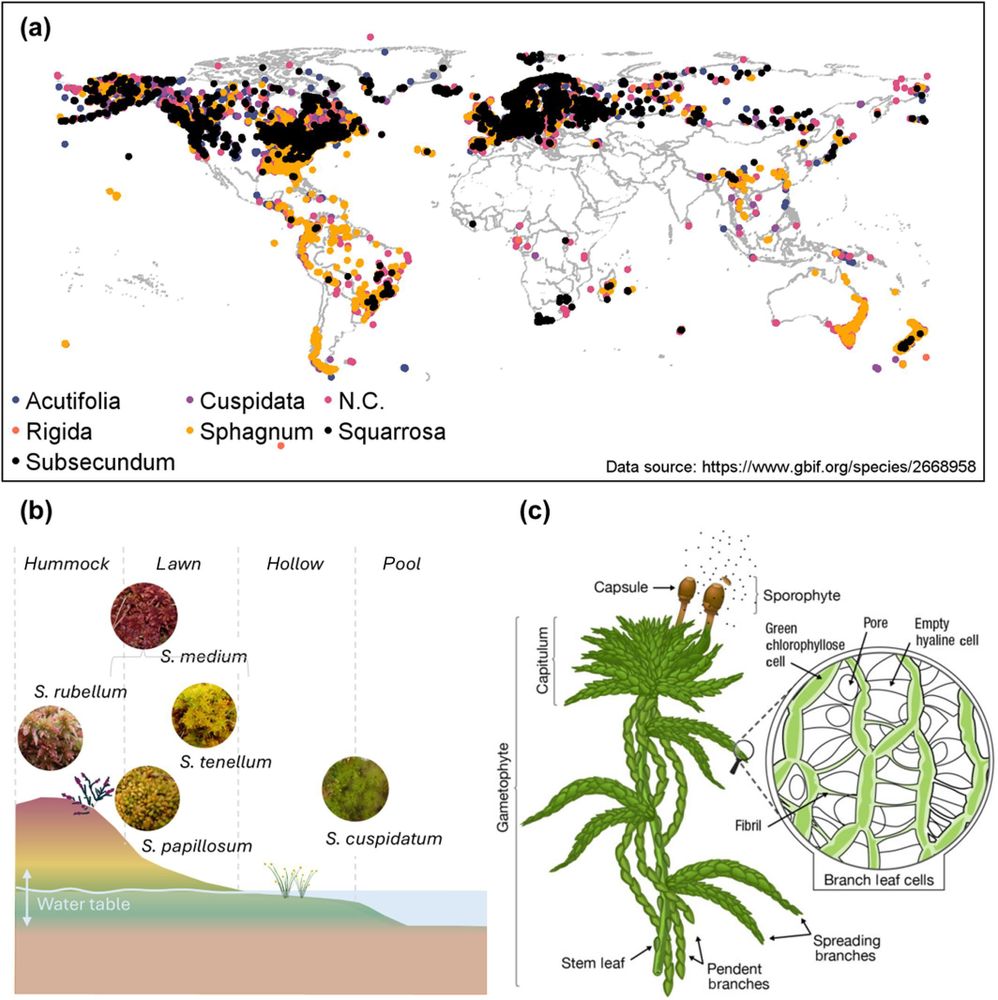Jonny Ritson
@jpritson.bsky.social
110 followers
73 following
68 posts
Research fellow at The University of Manchester
Posts
Media
Videos
Starter Packs
Reposted by Jonny Ritson
Reposted by Jonny Ritson
Reposted by Jonny Ritson
Jonny Ritson
@jpritson.bsky.social
· Aug 29
Jonny Ritson
@jpritson.bsky.social
· Aug 22
Jonny Ritson
@jpritson.bsky.social
· Aug 21
Jonny Ritson
@jpritson.bsky.social
· Aug 21
Jonny Ritson
@jpritson.bsky.social
· Aug 21
Jonny Ritson
@jpritson.bsky.social
· Aug 21
Jonny Ritson
@jpritson.bsky.social
· Aug 21
Jonny Ritson
@jpritson.bsky.social
· Aug 21

Prescribed burning, atmospheric pollution and grazing effects on peatland vegetation composition
Burning, grazing and atmospheric pollution are associated with peatland vegetation composition and cover of key species, including Sphagnum. We suggest that, to promote cover of peat-forming species,...
besjournals.onlinelibrary.wiley.com
Jonny Ritson
@jpritson.bsky.social
· Aug 21
Reposted by Jonny Ritson
Jonny Ritson
@jpritson.bsky.social
· Aug 20
Reposted by Jonny Ritson
Jonny Ritson
@jpritson.bsky.social
· Aug 5
Reposted by Jonny Ritson















